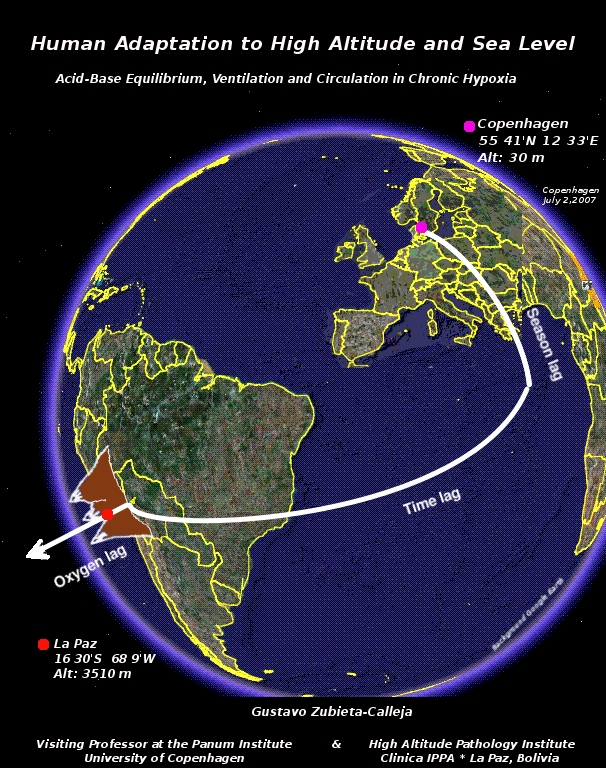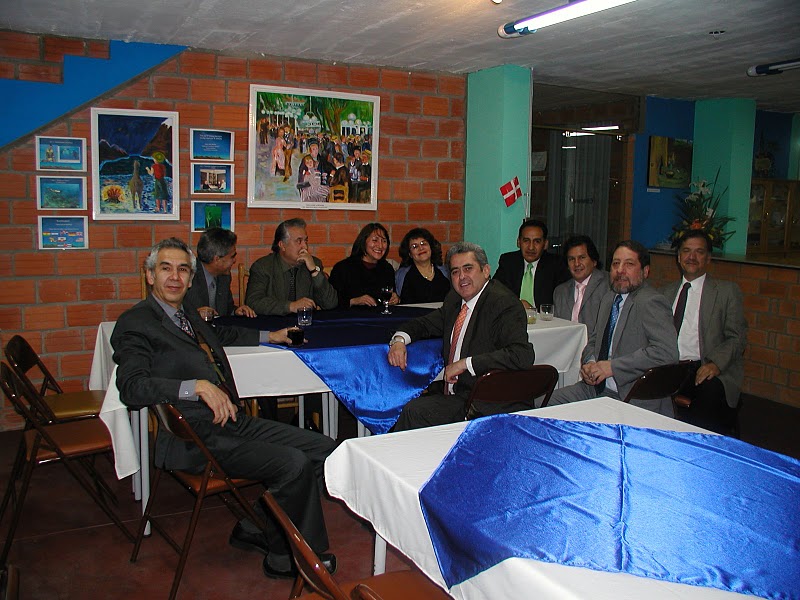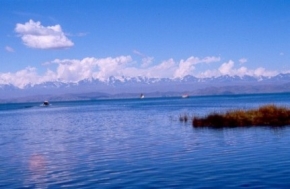FIFA’s high altitude decision “a violation of rights”
Nemesio Camacho el Campín Stadium, Bogotá, Colombia
By Oscar Munevar Forero
Acord Colombia
The decision taken by FIFA president Joseph S. Blatter, to suspend the matches played at an altitude higher than 2,500 meters above sea level, violates the Association’s rights, in particular the South American associations. The Olympic stadium Hernando Siles Suazo of La Paz (capital of Bolivia), the Olympic stadium Atahualpa of Quito (capital of Ecuador) and the stadium Nemesio Camacho el Campín of Bogotá (capital of Colombia) that are at altitudes of 3576, 2850 and 2600 meters above sea level, respectively, are the most affected by the decision taken by the “tsar” of the football world.
We looked for opinions from some experts such as Dr. Gustavo Zubieta Castillo, who is the author of an article on this subject entitled “Pulmones y altura: funcion respiratoria y adaptación” (The lungs and high altitude: respiratory function and adaptation.
It is stated in the introduction that “No animal species ascends beyond its endurance capacity and above its genetic security conferred by the nature. For humans, however, altitude has always represented a challenge. His eagerness to conquer all the surroundings, to prove and increase his endurance, overcome any barrier or obstacle. One of the bigger constraints is undoubtedly acute exposure to hypoxia. The organism has to overcome this reduction in environmental oxygen pressure by involving many mechanisms in order to reach its target: the supply of enough oxygen to the tissues”.
As we know, high altitude training makes athletes perform better. As Zubieta Castillo said: “when a perfect adaptation is needed, the human body reacts accordingly”.
The Bolivian scientist adds: “The mechanisms of adaptation, in relation to time, have two stages: acute adaptation and chronic adaptation. Acute adaptation is manifested by a big energy expenditure directly related to the level of high altitude. The decrease of the atmospheric air pressure is compensated for by the pneumodynamic pump, that gives rise to a fast air renewal: increase of the respiratory frequency (RF) and the tidal volume (VT). The hemodynamic pump increases proportionally the blood flow to the lungs: increase of the cardiac frequency (CF) and the systolic volume (VS). Both mechanisms are readily observed but require a complex neurohumoral control. The changes occur in different systems, binding oxygen to hemoglobin and eliminating the carbonic anhydride, at a normal pH 7.40.”
Therefore, all seems to indicate that FIFA took the decision without thinking it through. Few people are affected by the decision, but it benefits many more.
However, no survey has been carried out proving that playing at high altitude affects the human body. What is evident is once again the fear of the big countries of South America (Argentina, Brazil, Uruguay, and Paraguay) to face smaller countries.
A serious study should be carried out in order to reach a balance, otherwise the stadiums of Colombia, Ecuador, Bolivia and the countries themselves are almost obliged to disappear. The football fans of those countries are censored, violating the right of equality.
For the full Spanish text please click here.
from:
http://www.aipsmedia.com/index.php/index.php?page=news&cod=1185&tp=n







 Los jugadores bolivianos siempre fueron más, en recuadro, Gustavo Zubieta Castillo
Los jugadores bolivianos siempre fueron más, en recuadro, Gustavo Zubieta Castillo 








